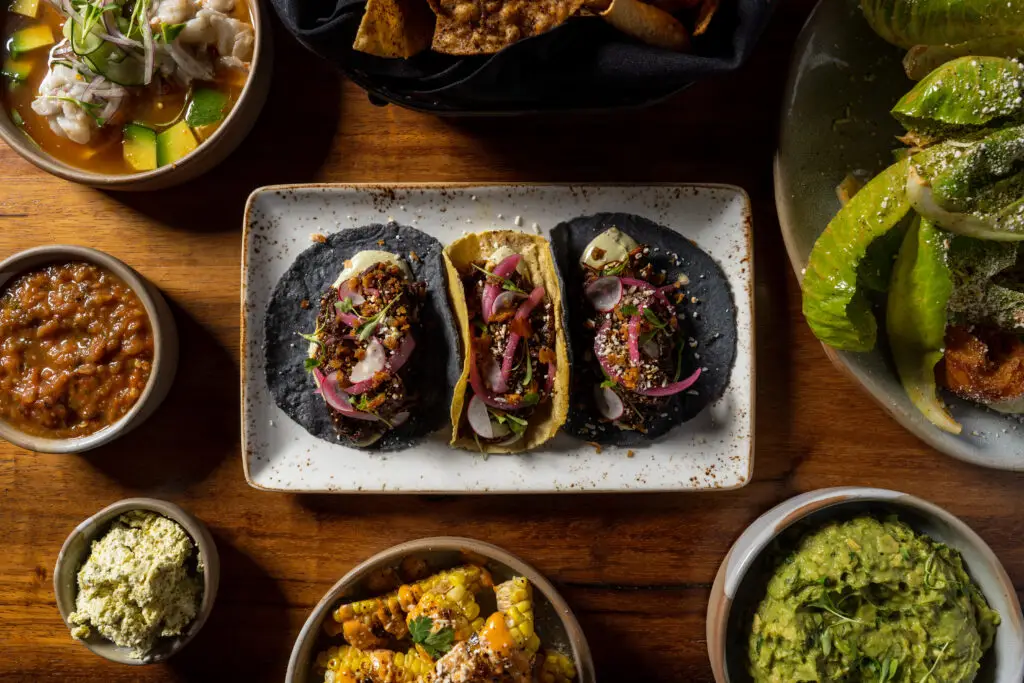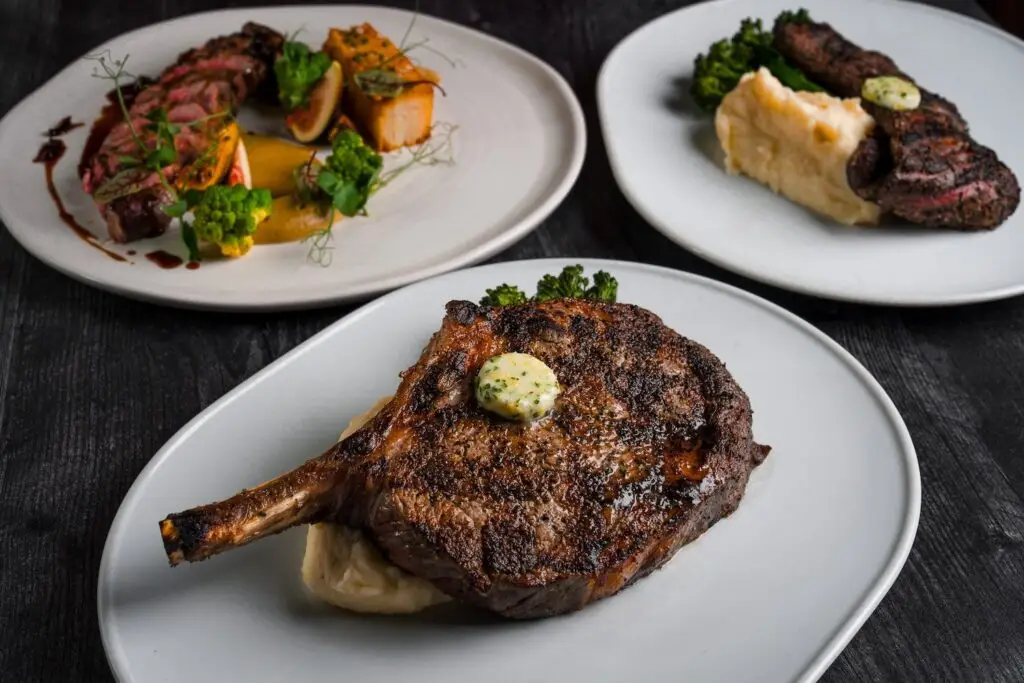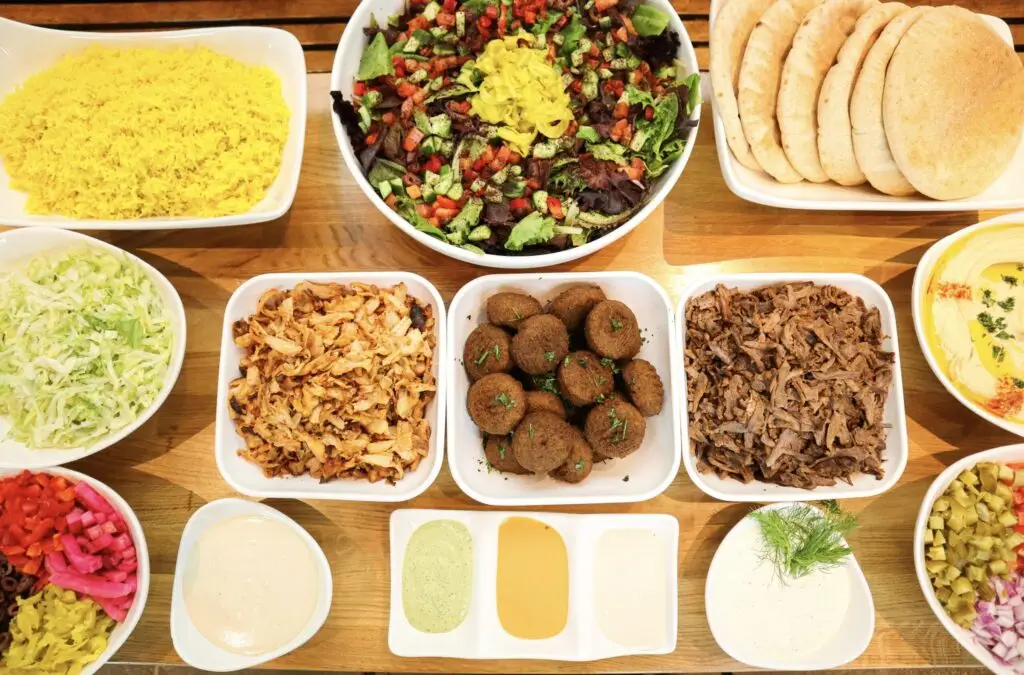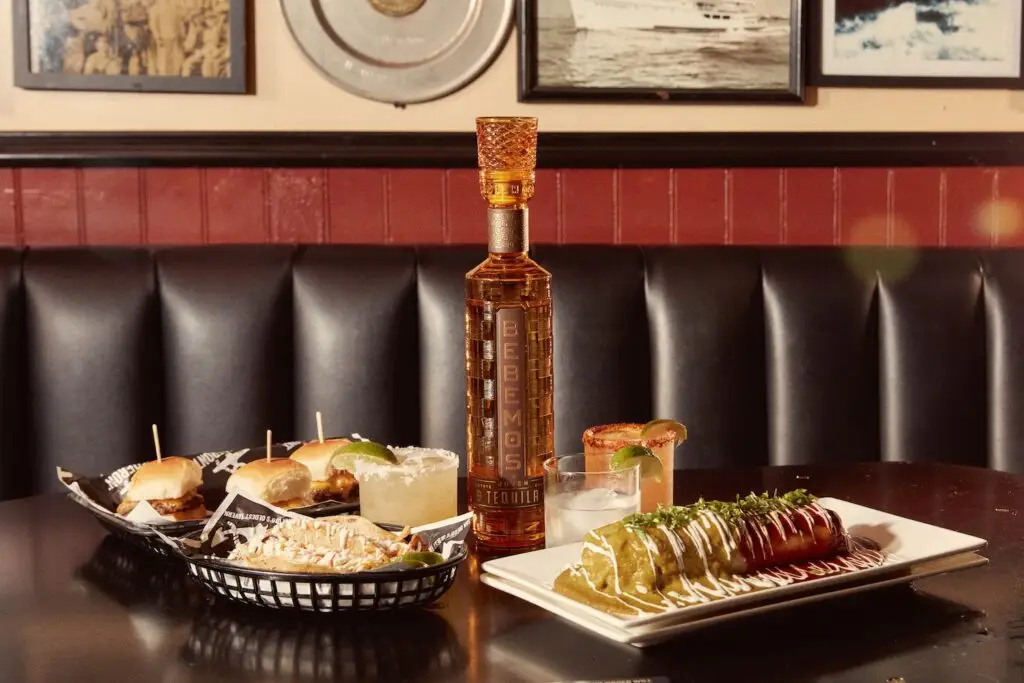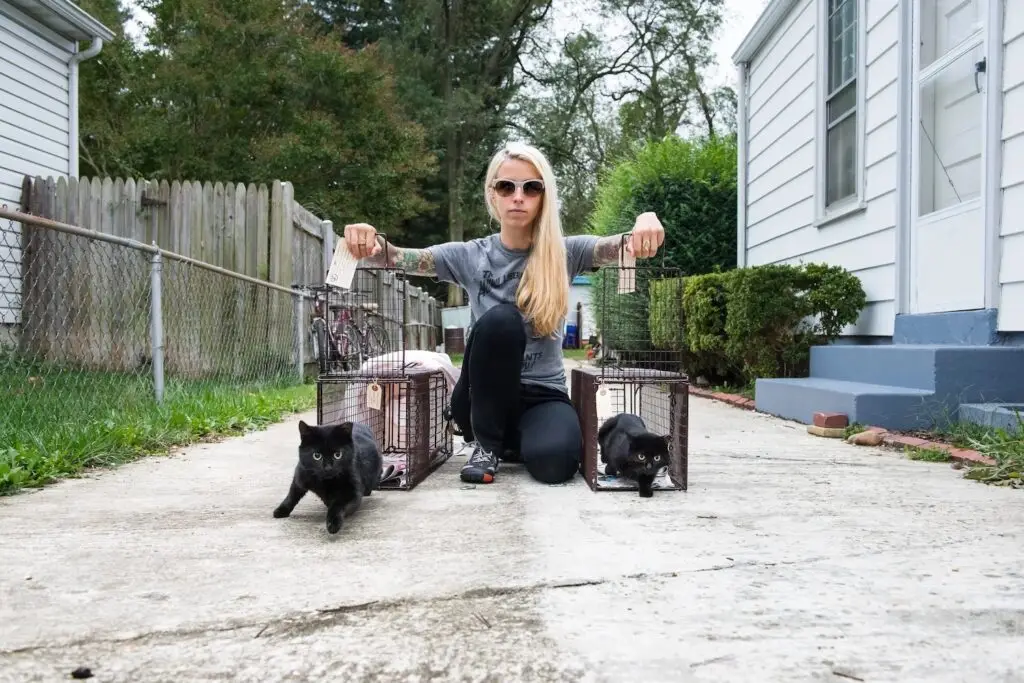When you’re at a casino, you’re probably not thinking about farmers. You’re likely not thinking about them when you drop the kids at school, either. But casinos and schools are among many farmers’ biggest clients (many of them use commodity food grown elsewhere, but the local-farm-to-institution movement has been a real boon for farmers). When the pandemic shut them down last spring, farmers faced immediate, gaping holes in their income. Didn’t help that the supply chain broke down. Crops were left to rot. Since they depended on selling one crop to seed and pay for the next, that put the whole food system in danger.
Each wedding called off represented dozens, if not hundreds, of meals not ordered. Events of all sorts, gone. Restaurants were severely restricted or shuttered. Farmers’ markets temporarily shuttered, until they were deemed essential businesses.
Without weddings to decorate or bistro tables to adorn, the flower and ornamental plant farmers were hit hard—and ornamental plants are the highest-value agricultural product in San Diego County at $445,000,000 (avocados are fourth).
“Back when the original shelter-in-place was issued, cut flowers were experiencing 90 percent loss in business in three days,” says Hannah Gbeh, executive director of the San Diego County Farm Bureau.
A study by a coalition of farm groups estimated that California’s agricultural industry will take a $9 billion hit during COVID-19. The US government launched the Coronavirus Food Assistance Program (CFAP) in March, but many small farmers didn’t get access to the relief.
But, but, but—good news. According to Gbeh, San Diego County farms are on the mend. “I can say sales are back,” she says. “They may just be 75 percent of normal, but that—compared to the other industries and what restaurants are going through—is excellent.”
Agriculture generates $1.8 billion in sales annually, with a total economic impact of $2.8 billion. Gbeh walked me through what’s happened to the industry, how it’s finding its way out, and what they need next.
Troy Johnson: Agriculture is a surprisingly big industry in San Diego, right?
Hannah Gbeh: When you think of San Diego you don’t think of a strong agricultural industry, but we rank 12th in California, and nationally we’re 19th because of our year-round growing season. We’re the number-one provider of nursery products in the nation.
How have local farms been affected?
The original shelter-in-place triggered everything. Supply chains fell apart. A lot of our farmers were supplying casinos and schools. Those closed. The farmers’ markets closed. It was three to four weeks of me fielding calls from farmers saying, “How can I pay my bills so I don’t have to do layoffs?” And then they had to protect their workforce.
Any outbreaks?
Kudos to San Diego farmers, because we’re not seeing outbreaks. From day one they’ve been extremely proactive. They didn’t question the science and they do whatever it takes to protect our workers. In farming, workers really are an extension of our family.
Did the federal programs help?
A lot of our farmers took advantage of the PPP and small business disaster program. But most farms in San Diego are small—70 percent are less than nine acres. So they don’t have 100 employees. We’re talking one or two. So many of them didn’t meet the criteria. The lifeline was the CFAP—but it excluded most of the farms in San Diego because we are specialty crop producers. Here we are growing over 300 different commodities—cherimoya and coffee and hemp. The original CFAP didn’t even include cut flowers. The reimbursement was pennies on the dollar.
But that changed?
There was a strong campaign to get it changed, and they issued the CFAP 2.0 in September. It includes cut flowers, nursery products, wine grapes. It went from a place where I was fielding endless phone calls to everything turned around. The federal programs have been that lifeline.
How else did farmers pivot?
The farming community in San Diego is innovative and adaptive. The community is used to adversity because we have such a high cost of land and water—plus a very complicated regulatory environment. We saw farmers sell a lot of produce boxes, selling direct to consumer. They sold their products online. We started a collaboration with local food banks to make sure there was no product lost.
What sectors have done especially well during this?
What you really saw was, the garden shops would sell out of vegetable starts, because people wanted to do victory gardens. People have pivoted their own life because they have more time at home. They want to get into gardening. Or they’re staying at home more, and science shows that living plants inside your house or office building boost your mood and purify your air. Once we got over that initial crash—I’m so delighted to say, compared to what other industries are facing, we’re optimistic.
What’s the chain effect when outlets like casinos and schools shut down?
When you lose that crop, you can’t pay for the water bills or fertilizer for the next crop.
What positive effects will this have on the industry?
Consumers really wanting to eat locally grown food. People started driving out to farm stands. They felt better going to a little stand out in Pauma Valley than the grocery store. This may be because they see the empty grocery shelves and there’s a scare factor—but this is an exciting thing for us to see. Because first, locally produced food is delicious, but it’s also environmentally friendly, and you’re keeping the economy local.
What about farmers’ markets?
Farmers’ markets have been a challenge, but at least they’re operational. They were shut down initially. They were eventually deemed essential, but once you shut down it’s harder to reopen. They’ve been riddled with challenges and it’s affected sales. We ran the City Heights farmers’ market and the Linda Vista market. And a lot of farmers’ markets, like ours, were losing money before the pandemic. We ran it in the red because it was a philanthropic effort—to provide access to healthy fruits and vegetables.
Is City Heights a food desert? [Meaning the community has limited access to affordable, nutritious foods.]
It is. So when a pandemic hits, it comes down to “Do I lay off people or keep that market open?” Our City Heights market got a grant and we were able to keep it open. Linda Vista is shut down, but we reached out to all our farmers and tried to place them in.
What’s the biggest hurdle for San Diego farmers during all of this?
Labor. There was a preexisting labor shortage for many years in California. The last four years they really tightened immigration policy on the federal level. Then COVID hit. We can’t find people to fill agricultural jobs at any level. I see high-paying office jobs not filled. Field jobs can’t be filled. We really need comprehensive immigration reform for guest workers or programs to provide citizenship to the workforce who’s been here contributing. The House passed a bill, but it’s likely to go absolutely nowhere in the Senate. There are programs like H-2A, but for small farmers it doesn’t work. So our farmers are having to think about planting less because they can’t get the staff to grow it. The bright side is that they’re offering very competitive employment packages with 401(k) and medical, or higher than minimum wage with bonus structures. What we need is a path to citizenship—these people are an extension of our family. We really support the Farm Workforce Modernization Act. But we realize California and San Diego have a little different perspective on immigration than the rest of the nation.
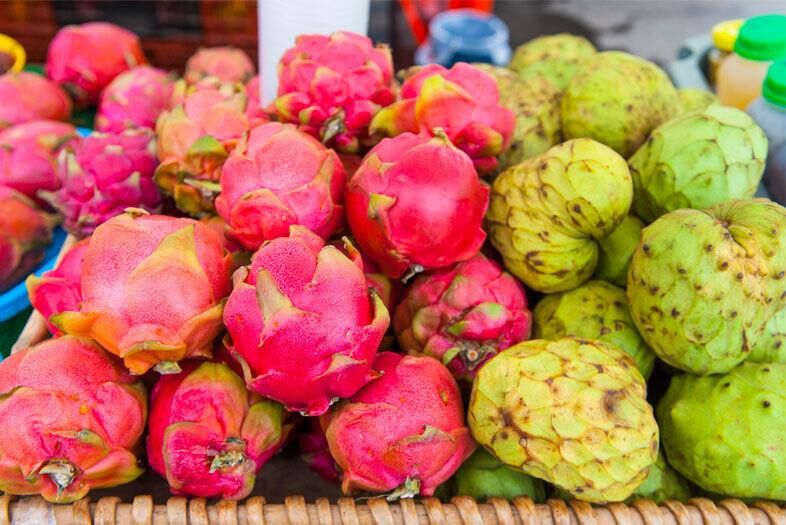
A scene from a local farmers’ market pre-COVID
PARTNER CONTENT
Priscilla Iezzi
